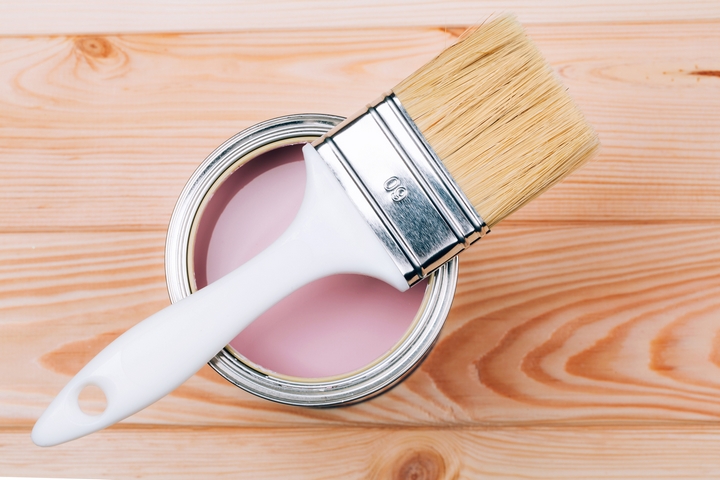Becoming a house painters adelaide is the dream of many creative individuals. However, building up one’s reputation and finding representation through galleries may take years of hard work – sometimes necessitating additional day jobs as they build their career.
Practice is often the key to becoming a professional painter, including visiting museums and copying masterpieces to hone your craft. Other approaches may include apprenticeships or working as studio assistant for more experienced painters.
Master Your Techniques
Becoming a painter requires developing basic painting techniques such as stippling – using small dots to form images with brushstrokes – drying, and blending paint. Furthermore, miniature painters should explore additional painting methods like glazing or washes. Find out the best painter Adeliade.
Know about various painting movements and schools such as realism, impressionism, surrealism and modernism to better find your own unique style and build upon a solid foundation. This will enable you to establish your artistic practice from within your community.
As part of your art practice, it’s crucial that you pay close attention to everything around you – particularly your surroundings. Your observations could spark new ideas or approaches for painting subjects like color theory – one way of improving painting skill and becoming a better artist! Furthermore, observation can also help prevent repeating similar errors, saving both time and money in the long run.
Develop Your Style
As a painter, you should dedicate ample time and energy into defining and refining your artistic style. Doing this will set yourself apart from other artists and project an professional image.
Your artistic style could encompass various techniques, mediums or genres; or it could simply consist of specific subject matter or color palette that you delve into. Establishing your style is a journey and will likely change with each creative journey you embark upon.
One effective way to expand your painting style is to study the work of other artists and understand why particular styles appeal to you. Take notes on colors, brush strokes or any other aspects you admire about each one’s paintings that resonate.
As a painter, you will also require strong organizational skills in order to perform effectively. This involves being able to plan a layout and gather materials before beginning painting projects. Furthermore, calculations such as measuring area coverage will come in handy when creating invoices for clients.
Work on Self-Marketing
Emerging artists dream of being recognized at major art fairs, galleries, museums, auction houses and private collections. Navigating this mysterious art world takes more than talent; it requires building relationships with curators, art dealers, collectors and fellow artists in order to succeed.
Becoming a professional painter takes years of hard work, and many artists realize their career is one they will pursue for life. To maintain collector and gallery interest, painters should establish a distinct style and aesthetic from the start; shifting styles midway could harm their reputation as well as hinder their artistic growth.
While some painters earn college degrees, nearly one in two do not have formal education and become professional painters by learning on the job from experienced painters. Painters usually require physical strength, stamina and excellent attention to detail – including working at heights or awkward positions; in some instances they must obtain lead safety certification or professional credentials specific to certain projects.
Build Relationships in the Art World
The art world may seem exclusive and inaccessible, but there are ways you can connect with professionals. For instance, college students pursuing art degrees could connect with painting mentors through their professor. Furthermore, attend art exhibits or networking events where you’ll meet artists and build connections.
By asking a professional painter for feedback on your work, you can receive professional assessment. Their input can help identify areas where improvements should be made such as draftsmanship or unpleasant color combinations; once this information has been gleaned, find ways to tackle them immediately.
For instance, if you need to develop your ability to create detail, practice by painting small still lifes or portraits. Furthermore, invest in better painting supplies; such as high-quality artist quality paints as opposed to student grade ones as student-grade can have lower pigment loads and more fillers that could restrict your artistic growth.
